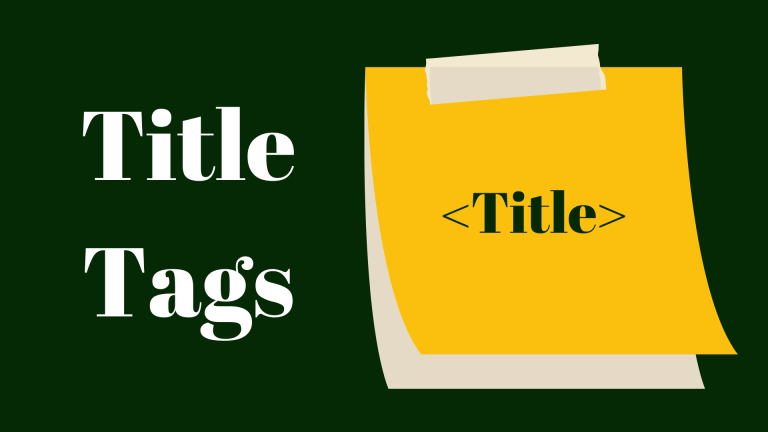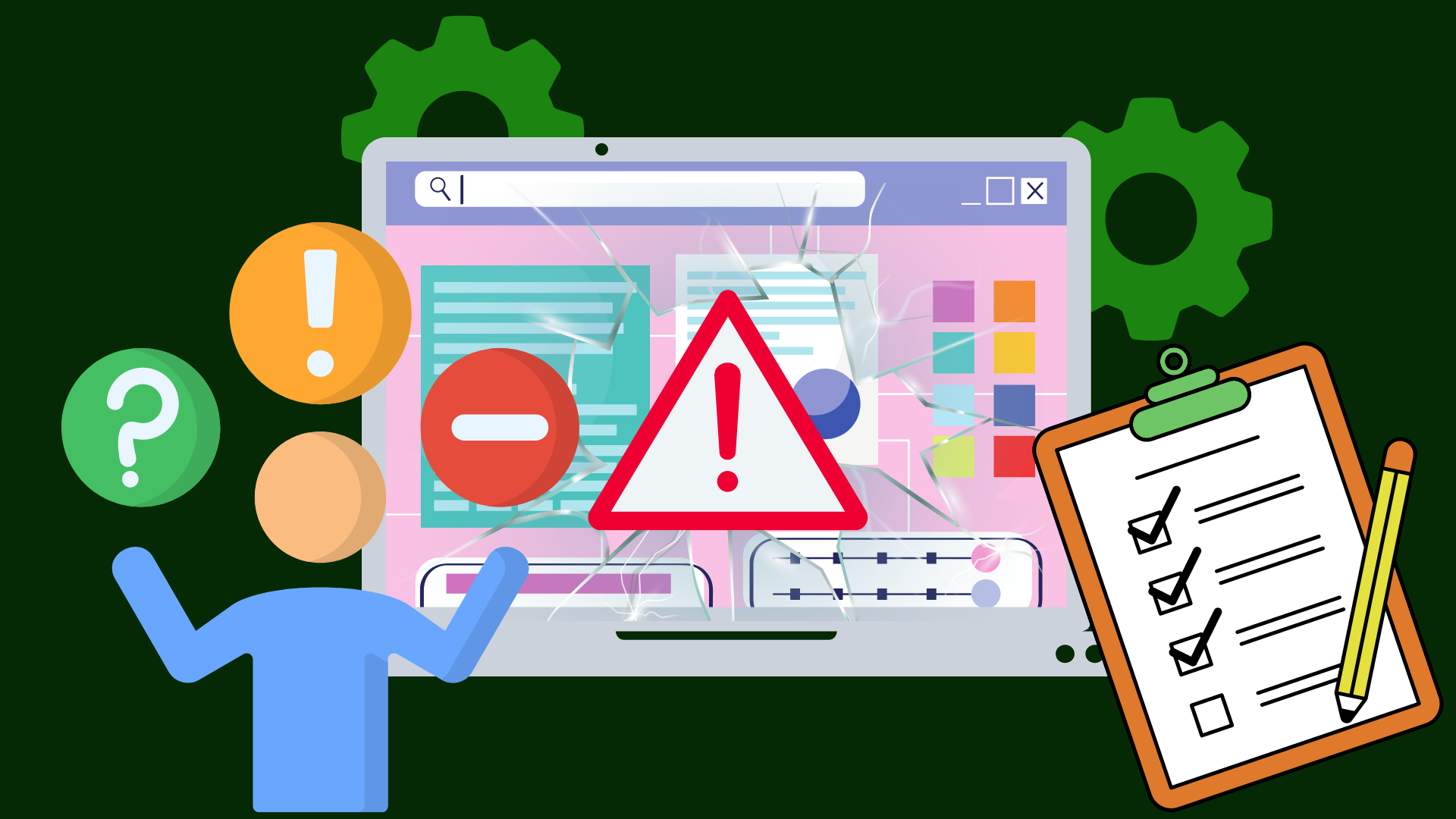SEO title tags are fundamental elements that significantly impact your website’s visibility and ranking on search engine results pages (SERPs). Despite their simplicity, title tags are powerful tools that, when crafted correctly, can enhance your site’s SEO performance and user engagement. This guide will delve into the intricacies of title tags, explaining what they are, their importance, best practices, common mistakes, and how to write effective title tags to optimize your website’s SEO.
What Is a Title Tag?
A title tag is an HTML element that specifies the title of a web page. It appears in the head section of the HTML code and is displayed on SERPs as the clickable headline for a given result. Title tags are also visible in the browser tab, helping users understand the content of the page at a glance.
Title tags serve multiple purposes:
- They inform search engines about the content of the page.
- They attract users’ attention in search results, influencing their decision to click.
- They provide context in social media shares and browser bookmarks.
Here’s an example of a title tag in HTML:
<title>Ultimate Guide to Title Tags for SEO | Your Website Name</title>
Title tags play a crucial role in SEO for several reasons:
- Relevance and Ranking: Search engines use title tags to determine the relevance of a page to a user’s search query. A well-optimized title tag can improve your page’s ranking.
- Click-Through Rate (CTR): Compelling title tags can increase your CTR by enticing users to click on your link over others.
- User Experience: Title tags provide a concise summary of the page content, helping users quickly identify if the page meets their needs.
- Social Sharing: When your page is shared on social media, the title tag often appears as the headline, influencing how the content is perceived and shared.
Best Practices for Title Tags
To maximize the effectiveness of title tags, adhere to these best practices:
- Include Primary Keywords: Place your primary keyword near the beginning of the title tag to improve relevance and visibility.
- Keep It Under 60 Characters: Google typically displays the first 50-60 characters of a title tag. Keeping it concise ensures the entire title is visible.
- Write Unique Titles for Each Page: Ensure each page on your site has a unique title tag to avoid confusion and duplicate content issues.
- Reflect Page Content: Accurately describe the page’s content to meet user expectations and reduce bounce rates.
- Use Branding: Include your brand name at the end of the title tag to build brand recognition and trust.
- Make It Compelling: Write engaging and descriptive titles that encourage users to click on your link.
How to Write Good Title Tags
Writing effective title tags involves a balance of SEO optimization and user engagement. Here’s a step-by-step approach:
- Identify Primary Keywords: Conduct keyword research to identify the primary keywords for each page. Use tools like Google Keyword Planner, SEMrush, or Ahrefs.
- Place Keywords Strategically: Position your primary keyword at the beginning of the title tag. For example, “SEO Best Practices | Your Brand Name”.
- Keep It Concise and Descriptive: Aim for a clear and concise title that accurately describes the page content. Avoid keyword stuffing.
- Include Power Words: Use compelling language to make the title more attractive. Words like “Ultimate”, “Guide”, “Best”, and “Tips” can increase CTR.
- Use a Clear Format: Maintain a consistent format across your site for professional appearance and easy recognition. For instance, “Primary Keyword | Secondary Keyword – Brand Name”.
- A/B Testing: Test different title tag variations to see which ones perform best in terms of CTR and ranking. Tools like Google Optimize can help with this.
Title Tag Mistakes
Avoid these common mistakes when creating title tags:
- Keyword Stuffing: Overloading the title tag with keywords can harm readability and lead to search engine penalties.
- Vague Titles: Titles that are too generic or unclear can confuse users and reduce click-through rates.
- Duplicated Titles: Using the same title tag across multiple pages can cause issues with duplicate content and diminish the unique value of each page.
- Missing Keywords: Failing to include relevant keywords can result in lower visibility and ranking.
- Exceeding Character Limits: Titles that are too long get truncated in SERPs, reducing their effectiveness.
- Ignoring User Intent: Titles that do not align with user intent can lead to high bounce rates and lower engagement.
Examples of Title Tags
Here are some examples of effective title tags across different industries and purposes:
E-commerce:
- “Buy Men’s Running Shoes | Free Shipping & Returns”
- “Latest Smartphone Deals | Discounted Prices on Top Brands”
Blog Posts:
- “10 Easy Recipes for Busy Weeknights | Healthy & Quick Meals”
- “The Ultimate Guide to Digital Marketing | Tips & Strategies”
Service-Based Businesses:
- “Professional Plumbing Services | 24/7 Emergency Support”
- “Affordable Web Design Services | Custom & Responsive Designs”
Local Businesses:
- “Best Pizza in New York | Award-Winning Pizzeria”
- “Reliable Car Repair in Los Angeles | Certified Mechanics”
Educational Content:
- “How to Start a Blog | Step-by-Step Guide for Beginners”
- “Understanding Machine Learning | Comprehensive Overview & Applications”
Event Promotions:
- “Summer Music Festival 2024 | Buy Tickets Now”
- “Annual Tech Conference | Register for Early Bird Discounts”
Conclusion
Title tags are an essential aspect of SEO that can significantly influence your website’s search engine ranking and user engagement. By following best practices, writing compelling and keyword-rich titles, and avoiding common mistakes, you can create effective title tags that boost your site’s visibility and attract more organic traffic. Regularly reviewing and optimizing your title tags is crucial to staying competitive in the ever-evolving landscape of SEO. Remember, a well-crafted title tag not only improves your SEO performance but also enhances the overall user experience, making it a critical component of your digital marketing strategy







